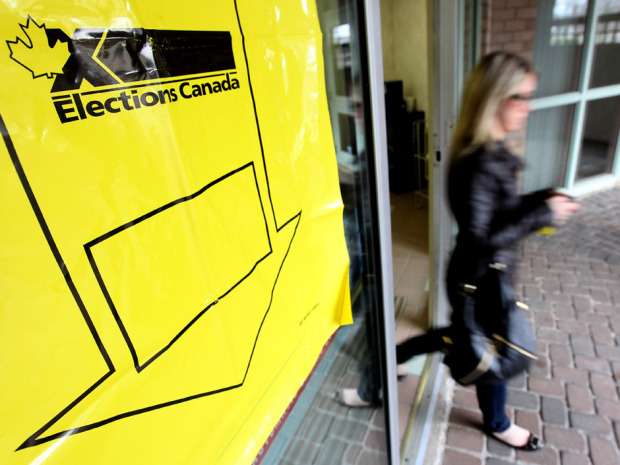Viewers of the federal leaders’ debates on Sept. 9 and 10 heard many promises to solve the country’s problems. Unfortunately, details about the implementation of these sweeping goals were missing. Young people, in particular, may have felt left out of the discourse, as student issues were barely mentioned in either debate. Although the candidates discussed issues that impact young Canadians, such as pandemic recovery, mental health, the housing crisis, and climate change, they failed to address students’ unique concerns. To gain their support, federal candidates must be more clear about communicating how their policies will help students.
Based on the debates alone, leaders appeared to overlook student issues. However, some parties’ official platforms still prioritize them. The New Democratic Party plans to eliminate student debt up to $20,000, while the Green Party seeks to increase scholarships for graduate and doctoral students. Likewise, Prime Minister Trudeau could have taken time during the debate to outline his promises to end federal interest on student loans and increase universities’ funding for mental health counsellors. While it is encouraging that parties have included student issues in their platforms, the debates were a missed opportunity for candidates to tell millions of viewers about these plans and show that they are passionate about helping young Canadians.
It is curious that the leaders downplayed student issues since inspiring young people in Canada to vote is a major challenge. Canadians between the ages of 18 and 24 vote less than any other age group: Many believe that their vote does not matter and think that the government does not care about their concerns. Young people also face greater barriers to voting, since many do not receive voter information cards and are not made aware of how to register. The suspension of Election Canada’s Vote on Campus program during this campaign will likely further decrease turnout. With many students disillusioned about voting in this unpopular snap election or uninformed about how to vote in the first place, it is imperative that parties go out of their way to direct their messaging toward this key interest group.
Although politicians may wish to appeal to all demographics evenly, the debates focussed on many issues that concerned specific groups. Both sets of moderators asked about the high rate of COVID-19 mortality in senior care homes without mentioning the pandemic’s devastating effects on young people’s mental health. Economic recovery was a major theme of the debates, though the participants ignored the fact that students’ entry into the workforce is necessary to spark this recovery. Candidates may have been more interested in courting the support of seniors because Canadians over the age of 55 have the highest voter turnout, but when seniors’ concerns are discussed more than those of other age groups, it can become a cause, rather than an effect, of higher turnout. If candidates want students’ votes, they should speak about issues that matter to them, just as they do for constituents of other ages.
Young people represent a largely untapped resource for Canada’s political parties, and winning their support now has the potential to turn them into lifelong voters. As the 2021 federal campaign comes to an end, candidates must highlight the aspects of their platforms that pertain to young people, and continue to speak about these issues in upcoming campaigns—in addition to delivering on their promises once elected. However, candidates are not solely responsible for tackling low youth voter turnout. Students can advocate for themselves by pushing their leaders to restore on-campus voting and encouraging their friends to register and vote. To gain politicians’ attention, young people need to resist the temptations of apathy and meet the parties halfway. If students show greater political interest, candidates will be more inclined to discuss student issues in future debates, creating a cycle that ensures that every citizen’s voice is heard.








